NASA and SpaceX to study possible private Hubble servicing mission
Original Publication Date: 2022-09-30 12:30
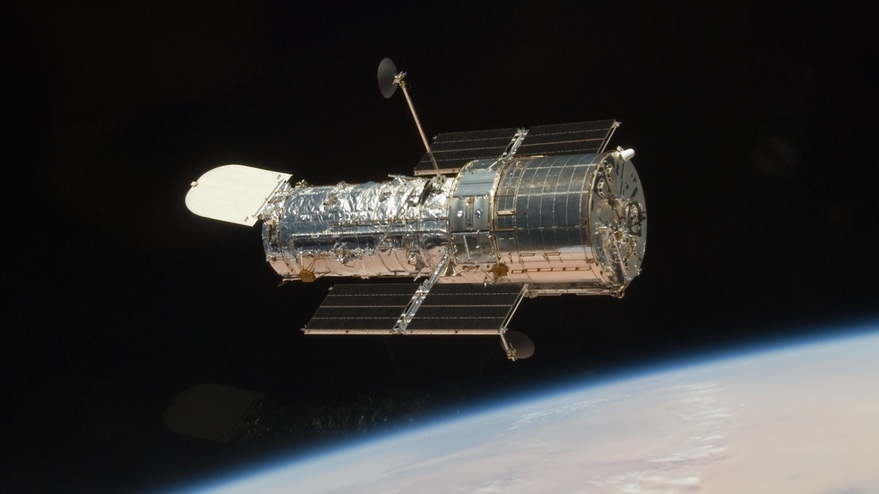
NASA, SpaceX to study concept to send Crew Dragon spacecraft to Hubble. Mission would raise Hubble’s orbit back to where it was when it was deployed. SpaceX has extensive experience with flying Dragon missions to the International Space Station. Study will take about six months, says Jessica Jensen, vice president of customer operations.
Senate confirms Saltzman as next chief of the U.S. Space Force
Original Publication Date: 2022-09-30 00:02
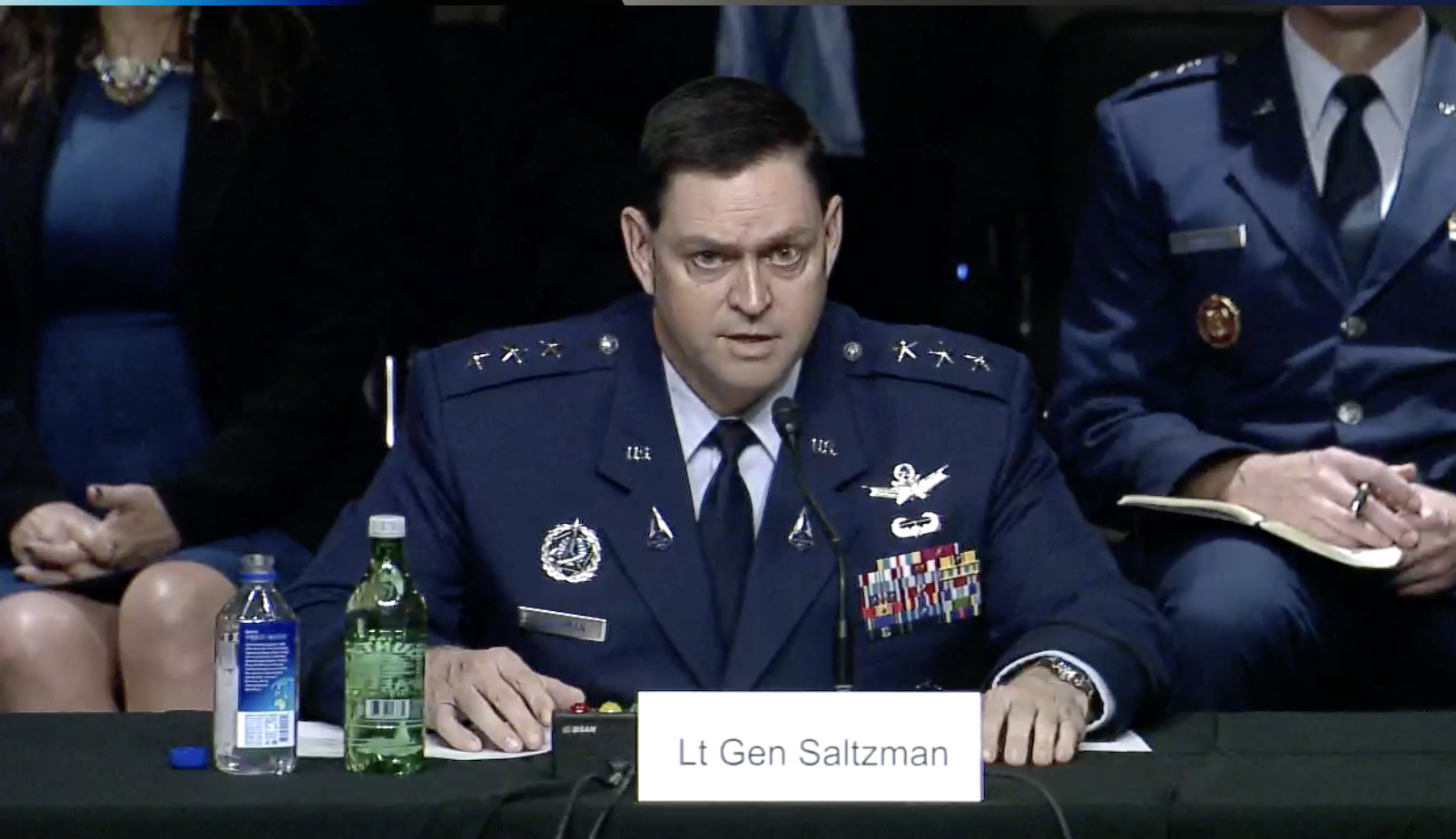
Lt. Gen. Chance Saltzman is chief of space operations of the U.S. Space Force. He succeeds Gen. John “Jay” Raymond, who is retiring after 38 years of service. The Space Force is an independent military service under the Department of the Air Force.
Office of Space Commerce: FCC “aggressively” pushing limits of authority with orbital debris rule
Original Publication Date: 2022-09-30 23:50

FCC pushing the limits of its authority, says Office of Space Commerce director. Richard DalBello says FCC's new rule illustrates gaps in domestic space regulation. DalBello: Office is making progress in developing civil space traffic management capability. He says transition of civil STM from DOD to Commerce will be a gradual process.
US candidate to be first woman to lead UN telecoms agency
Original Publication Date: 2022-09-30 21:01

Doreen Bogdan-Martin will become the first woman to head the U.N.'s telecoms agency. Bogdan-Martin won an election for the role Sept. 29 with 139 out of 172 votes. She will replace Houlin Zhao of China, who was elected to the role in 2014.
Space surveillance telescope developed by the U.S. begins operations in Australia
Original Publication Date: 2022-09-30 17:42

The Space Surveillance Telescope, or SST, will join the network of sensors used by the United States, Australia and other allies to track objects in orbit. SST can track faint objects in deep space to help predict and avoid potential collisions. It can also detect asteroids and comets, and can imaging objects in geosynchronous orbit 22,000 miles above Earth.
National Space Council to seek industry input on future regulatory framework
Original Publication Date: 2022-09-30 16:33

National Space Council plans to hold "learning sessions" With industry. The sessions are part of an effort to develop a new regulatory framework. Vice President Kamala Harris asked for recommendations on that framework in 180 days. One session will focus on how to implement that supervision, a spokeswoman says.
NASASpaceFlight.com
The SSLV or Small Satellite Launch Vehicle conducted its launch debut from Sriharikota, India on Sunday, August 7 at 03:48 UTC. An issue with the fourth stage resulted in the satellites being deployed in an unusable orbit. The SSLV program’s genesis was a December 2015 National Institute of Advanced Studies proposal to create a “Small Satellite Launch Vehicle-1”
Commercial Archives
Firefly successfully launched FLTA002 – its second demonstration flight of the Alpha launch vehicle. A scrub on Friday morning came after a hold was called at T-0 during engine ignition. FLTA002 placed several small satellites into a 300 km circular low-Earth orbit (LEO) with a 137-degree inclination.
International Archives
Soyuz MS-21 landed outside of Dzhezkazgan on Thursday, Sept. 29. The spacecraft launched three Russian cosmonauts to the International Space Station on March 18 of this year. MS-21 completed a 195-day mission in low Earth orbit.
Chinese Long March 3B Launches APStar-6C Communications Satellite – Spaceflight101

China conducted a rare commercial launch of a Long March 3B rocket with the APStar-6C communications satellite for APT Satellite Holdings. Long March 3B lifted off from the Xichang Satellite Launch Center at 16:06 UTC on a mission of under half an hour to lift the spacecraft into an elliptical Geostationary Transfer Orbit. The satellite will deliver VSAT services, video distribution, Direct-to-Home television and high-throughput cellular backhaul.
Blue Origin’s New Shepard Reaches new Heights in latest Test Flight – Spaceflight101

Blue Origin's reusable New Shepard launch system reached new heights in a test designed to expand the vehicle’s operational envelope by sending it to a peak altitude of 107 Kilometers. Sunday’s flight marked the second for this particular set of hardware, following up on the successful December 2017 mission that debuted “Crew Capsule 2.0” The flight was host to “Mannequin Skywalker’ – an instrumented test dummy to collect data on the environment human crew members would experience.
ISS Updates – Spaceflight101 – International Space Station

A veteran NASA spacewalker and an EVA rookie from Japan ended their week with nearly six hours of work outside the International Space Station. The restoration of the Station’s Mobile Servicing System started last year and continued in January to provide Canadarm2 with a new pair of grappling hands.
Featured – Spaceflight101

SpaceX Falcon 9 takes to the skies over Florida’s Cape Canaveral Monday afternoon. First of at least six cargo ships inbound to the U.S. Segment of ISS this year. Dragon spacecraft will deliver science gear, supplies and maintenance hardware to the orbiting laboratory.
News – Spaceflight101

Russia's Rockot booster is set to blast off from the Plesetsk Cosmodrome at 17:57 UTC with the Sentinel-3B multi-function satellite. The rocket will carry a Russian Rockot booster with a multi-function satellite called Sentinel-3B.
Re-Entry: Long March 11 Rocket Body – Spaceflight101

The CZ-11 fourth stage used leftover propellant for a partial de-orbit maneuver, lowering its perigee to 120 Kilometers to significantly accelerate its orbital decay. It is reportedly built around a YF-50 main engine and in a nominal mission conducts the orbital circularization after the three CZ-11 stages finish their job.
NASA's InSight 'Hears' Its First Meteoroid Impacts on Mars – NASA's InSight Mars Lander
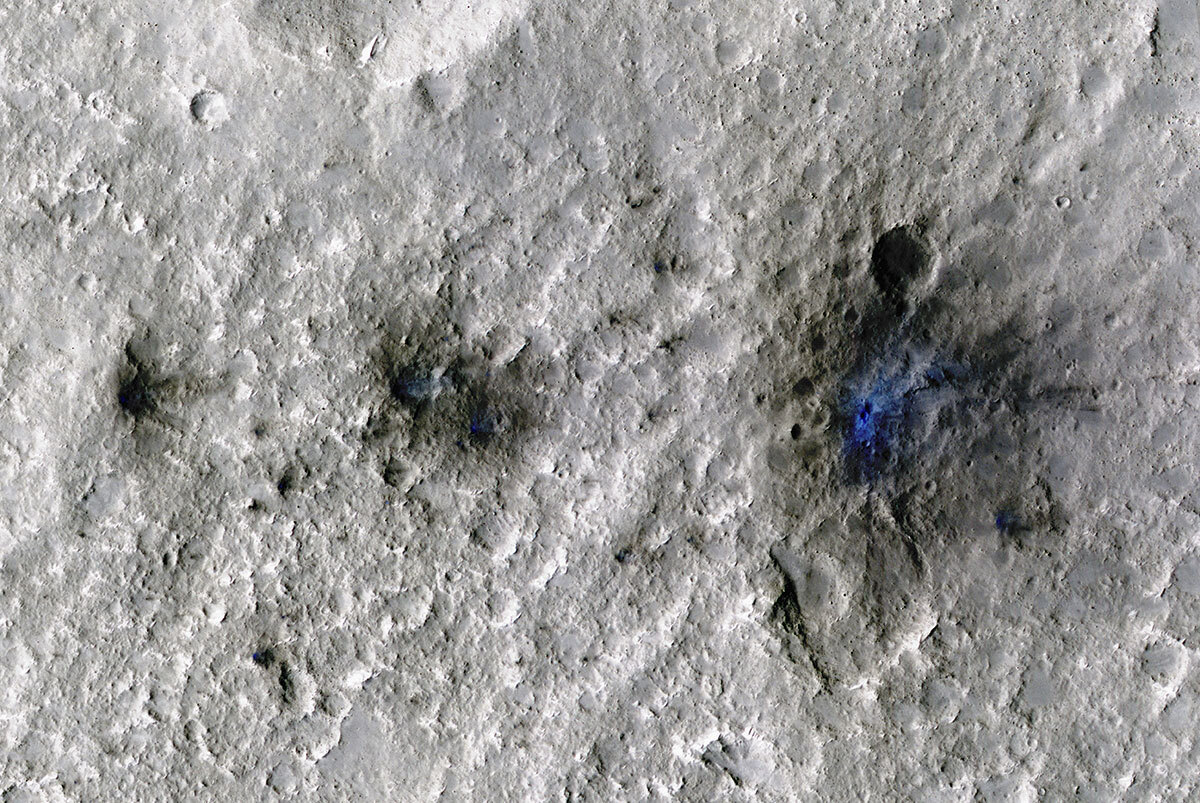
InSight’s seismometer has picked up vibrations from four separate impacts in the past two years. The first of the four confirmed meteoroids – the term used for space rocks before they hit the ground – made the most dramatic entrance: It entered Mars’ atmosphere on Sept. 5, 2021, exploding into at least three shards that each left a crater behind. Seismic data offer various clues that will help researchers better understand how marsquakes are caused.
NASA's Perseverance Rover Investigates Geologically Rich Mars Terrain – NASA Mars Exploration
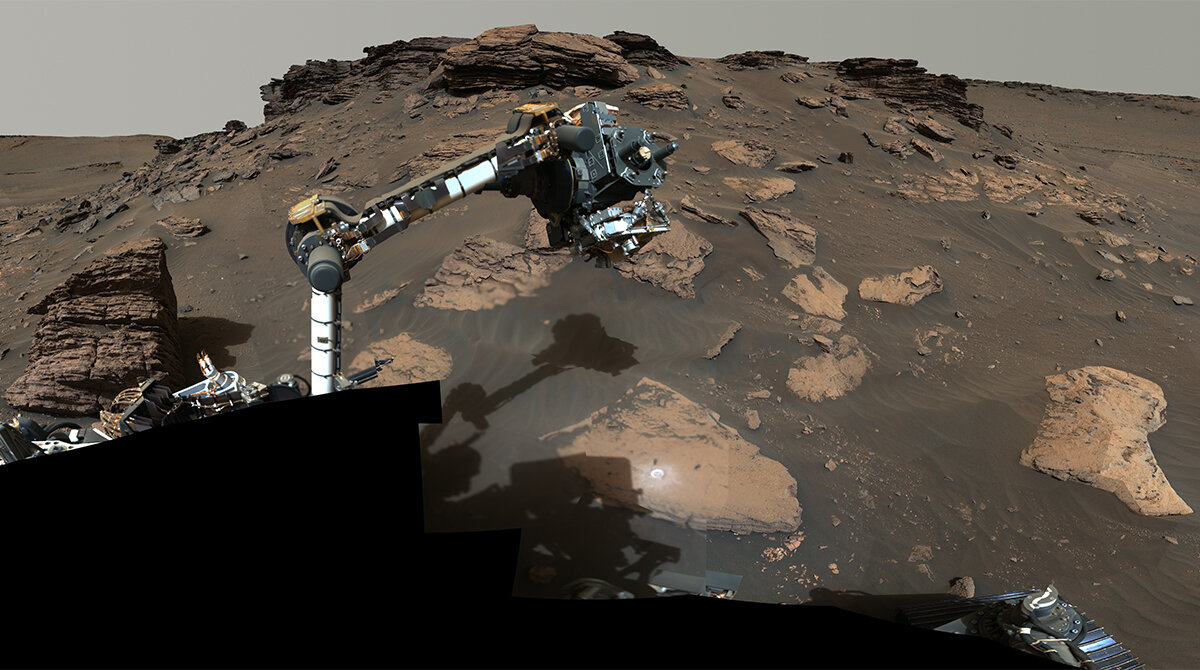
The latest findings provide greater detail on a region of the Red Planet that has a watery past and is yielding promising samples for the NASA-ESA Mars Sample Return campaign. “We picked the Jezero Crater for Perseverance to explore because we thought it had the best chance of providing scientifically excellent samples,” said Thomas Zurbuchen, NASA’s associate administrator for science.
NASA’s Juno Shares First Image From Flyby of Jupiter’s Moon Europa

The image was captured during the solar-powered spacecraft’s closest approach, on Thursday, Sept. 29, at 2:36 a.m. PDT (5:36 a.M. EDT) It is only the third close pass in history below 310 miles (500 kilometers) altitude and the closest look any spacecraft has provided at Europa since Jan. 3, 2000.
Rover Landing Gear Seen From the Air by Mars Helicopter – NASA Mars Exploration

The Ingenuity Mars Helicopter was built by NASA’s Jet Propulsion Laboratory in Southern California. The parachute and cone-shaped backshell protected the rover during its fiery descent toward the Martian surface on Feb. 18, 2021. Engineers working on the Mars Sample Return program requested images be taken of the components from an aerial perspective.
Debris Field From Perseverance Landing Gear Seen by Mars Helicopter – NASA Mars Exploration

NASA's Perseverance rover backshell, supersonic parachute, and associated debris was collected from an altitude of 26 feet (8 meters) during its 26th flight on Mars on April 19, 2022. Engineers working on the Mars Sample Return program requested images be taken from an aerial perspective of the components because they may provide insight into the components’ performance during the rover’s entry, descent, and landing.
InSight Captures a Martian Sunrise and Sunset – NASA Mars Exploration
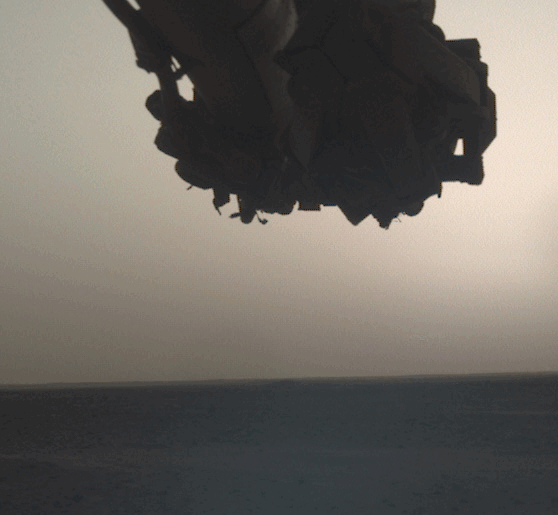
NASA's InSight lander snapped a series of images of the Sun rising and setting on Mars. The images were taken on April 10, 2022, the 1,198th Martian day, or sol, of the mission. InSight is part of NASA's Discovery Program, managed by the agency's Marshall Space Flight Center.
